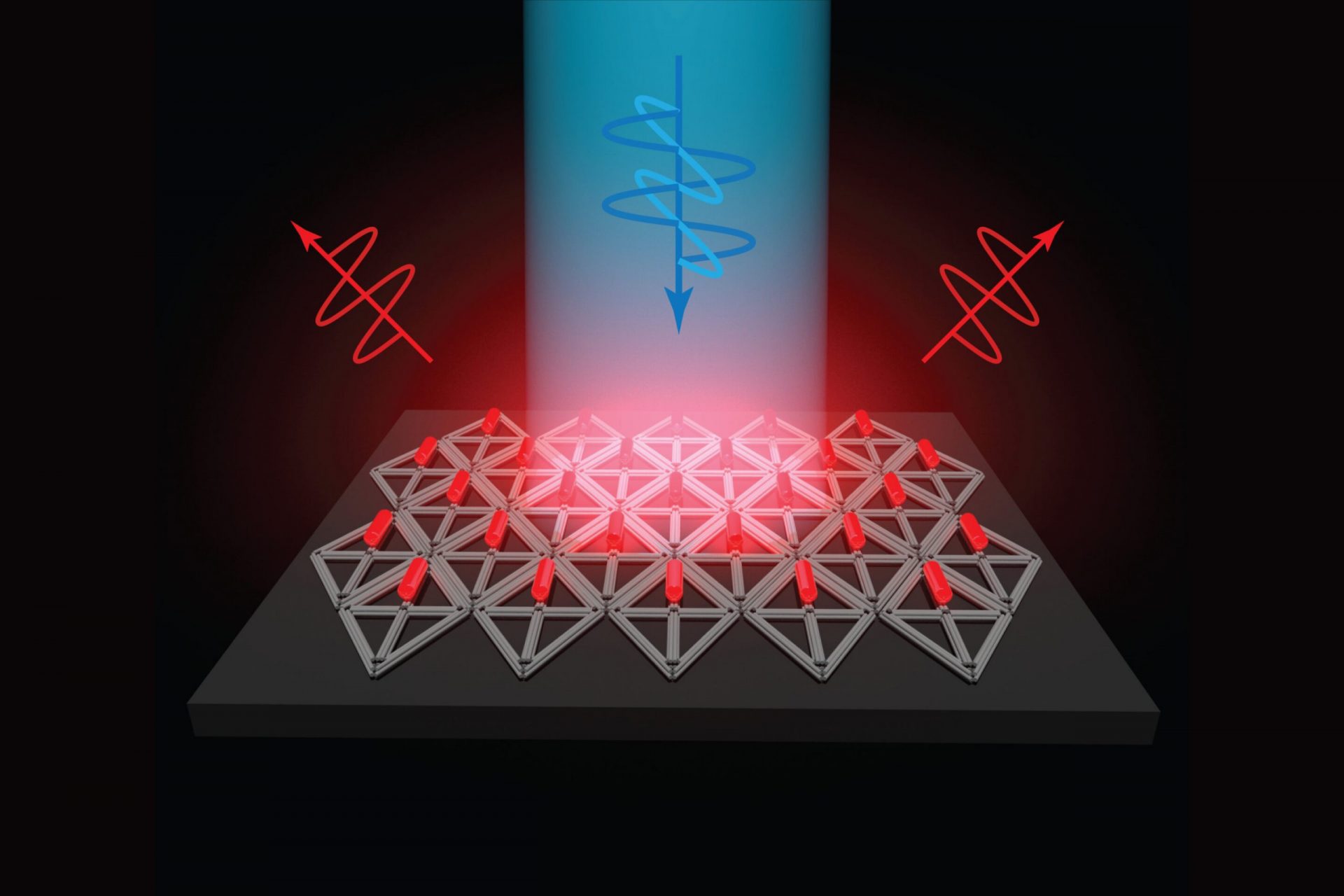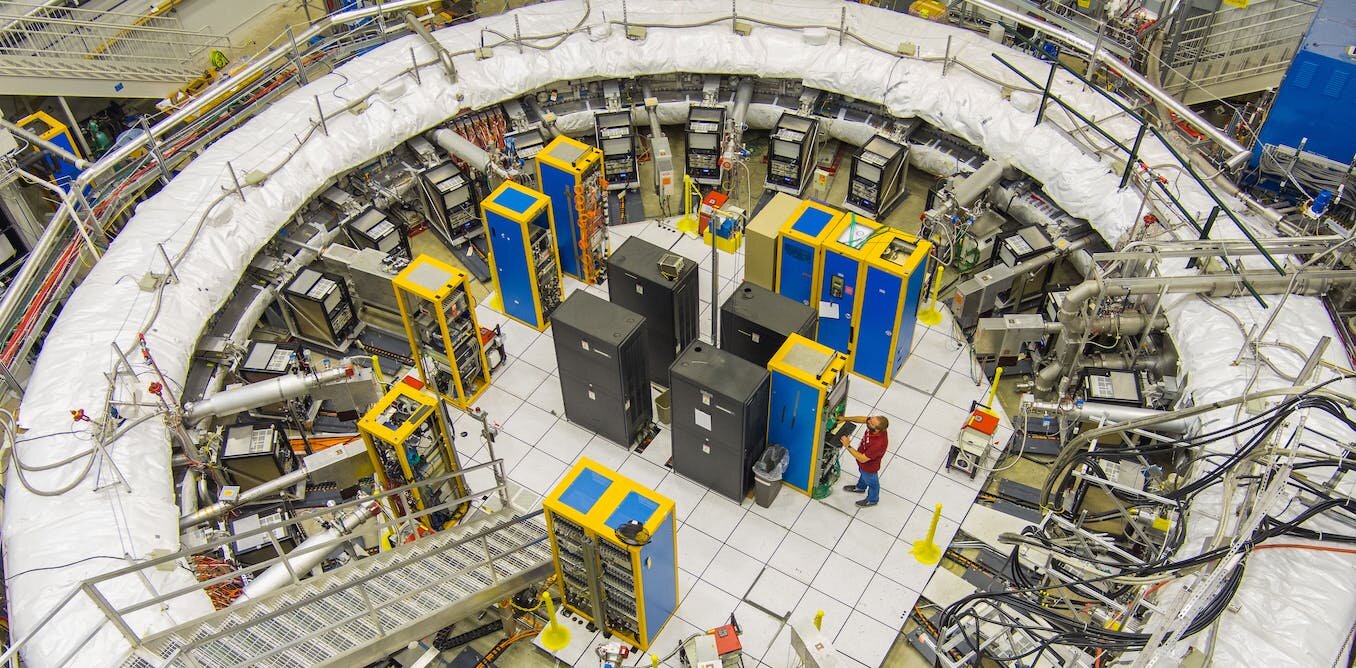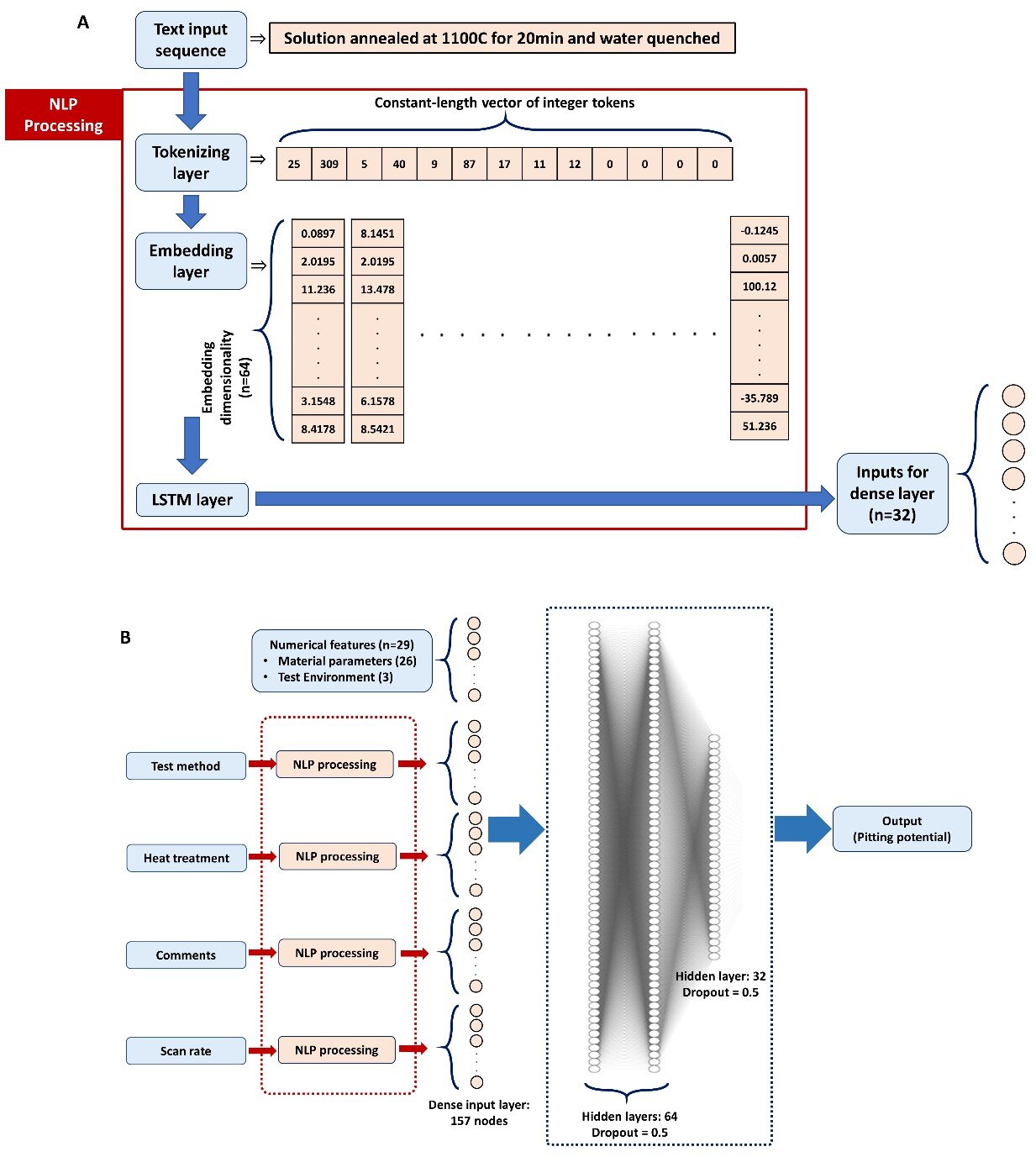Get ready for a new era of virtual reality! Flat screen TVs with quantum dots are already on the market, but now scientists have made a breakthrough in creating arrays of quantum rods. These elongated cousins of quantum dots have the ability to control both the polarization and color of light, making them perfect for generating stunning 3D images in virtual reality devices.
Thanks to the brilliant minds at MIT, we now have a new method for assembling arrays of quantum rods. Using folded DNA scaffolds, the engineers at MIT have found a way to precisely control the orientation of quantum rods. This is a crucial factor in determining the polarization of light emitted by the array, allowing for the creation of immersive and lifelike virtual scenes.
“Aligning quantum rods at the nanoscale has always been a challenge,” says Mark Bathe, an MIT professor of biological engineering and the senior author of the study. “But when they’re all pointing in the same direction, they have incredible properties in how they interact with light and control its polarization.”
The lead authors of the study, MIT postdocs Chi Chen and Xin Luo, along with their team, have developed a groundbreaking technique that combines DNA origami with quantum rods. This allows for the precise positioning and alignment of the rods, overcoming previous limitations in creating aligned arrays.
Unlocking the Potential of Nanoscale Structures
For over 15 years, MIT has been at the forefront of DNA origami research. DNA, with its stability and programmability, is the perfect building material for nanoscale structures. The researchers at MIT have developed computational methods that make it easy to design and fabricate DNA structures with specific shapes. They have also successfully incorporated quantum dots into these DNA-based materials.
In a previous study, Bathe and Chen demonstrated the use of DNA scaffolds to position quantum dots. Building on this success, they collaborated with Robert Macfarlane’s lab to tackle the challenge of arranging quantum rods into 2D arrays. By attaching the rods to diamond-shaped DNA origami structures, the researchers were able to maintain the necessary distance between the rods to prevent interference.
“The quantum rods sit on the origami in the same direction, allowing for the precise patterning of these rods on 2D surfaces,” explains Bathe. “This opens up a world of possibilities for different applications, such as microLEDs.”
A Faster and More Efficient Approach
One of the key advancements in this research is the development of a rapid and efficient method for attaching DNA strands to the quantum rods. This process takes only a few minutes, significantly reducing manufacturing time compared to existing methods.
“By harnessing this method, we achieved a significant reduction in manufacturing time from several days to just a few minutes,” says Chen.
The researchers are now focused on scaling up their design to create wafer-scale surfaces with etched patterns. This will allow for the production of device-scale arrangements of quantum rods for a wide range of applications.
“The ability to control the sizes, shapes, and placement of these quantum rod arrays is a gateway to all sorts of different electronics applications,” says Macfarlane.
Furthermore, the use of DNA as a manufacturing material aligns with the emerging U.S. bioeconomy, as it can be biologically produced in a scalable and sustainable manner. The researchers are also working towards using environmentally safe quantum rods for commercial devices.








